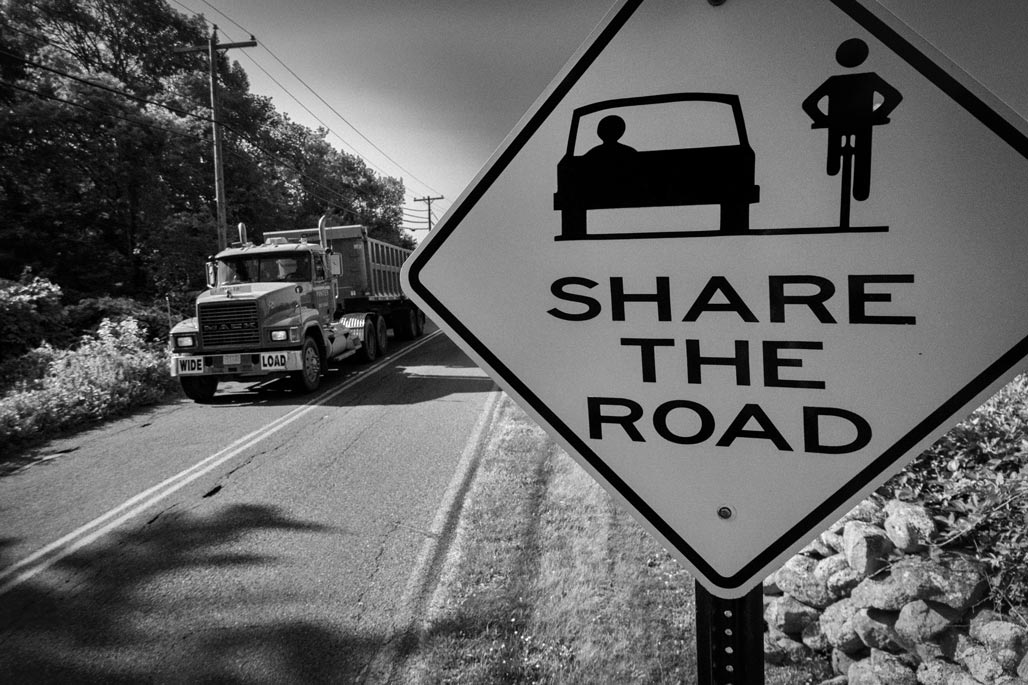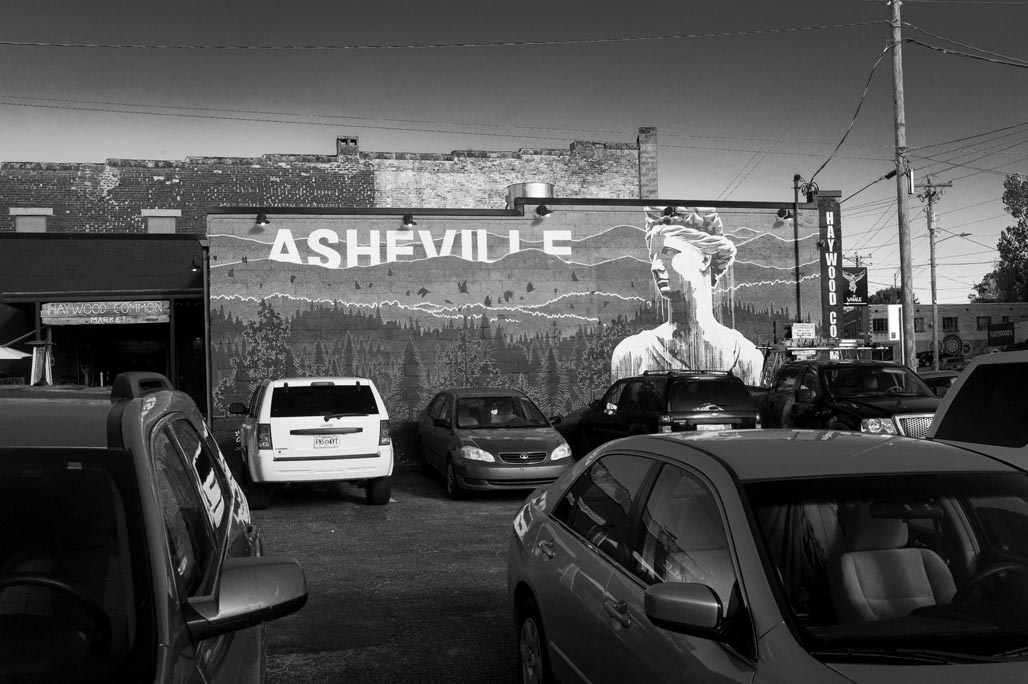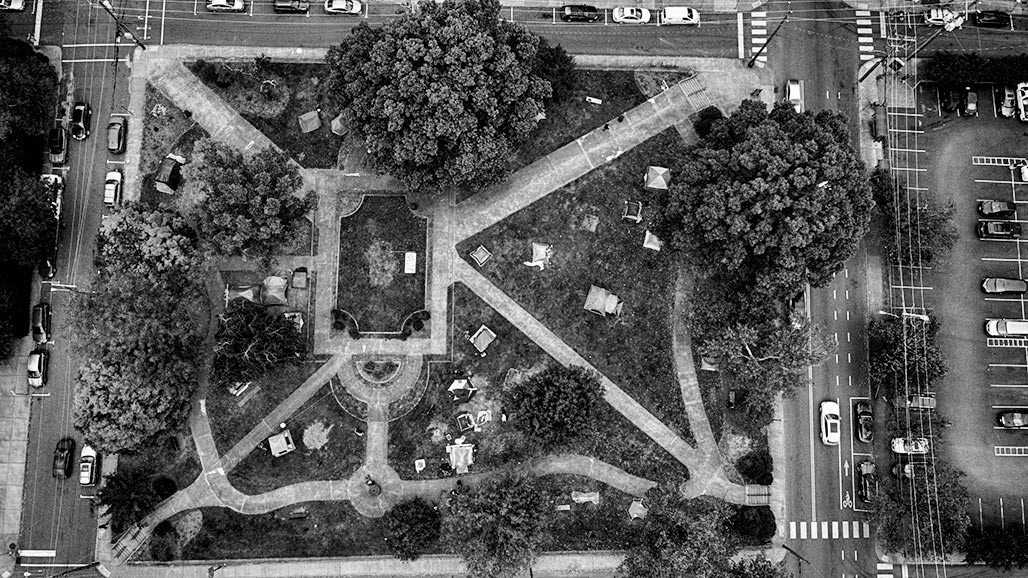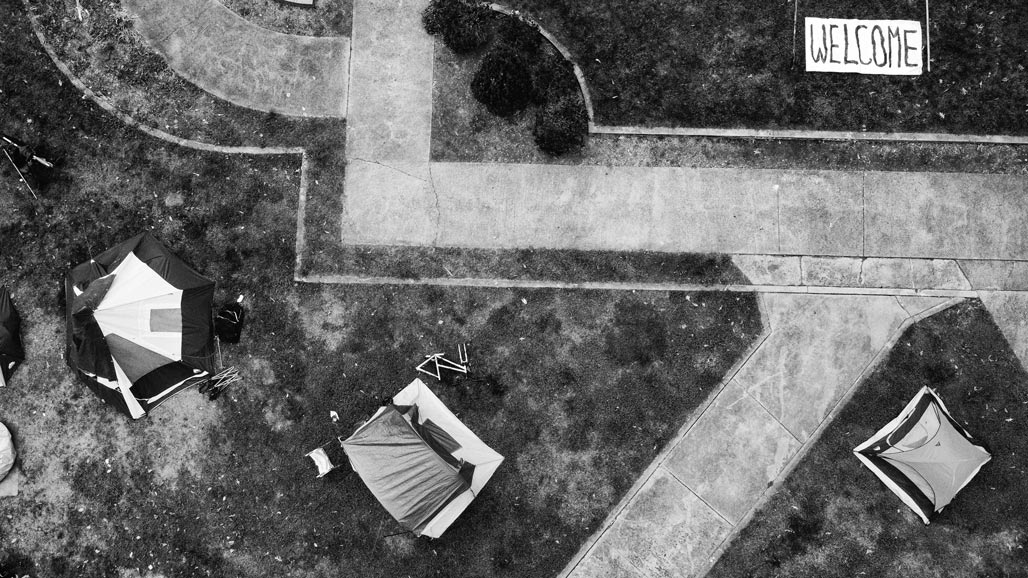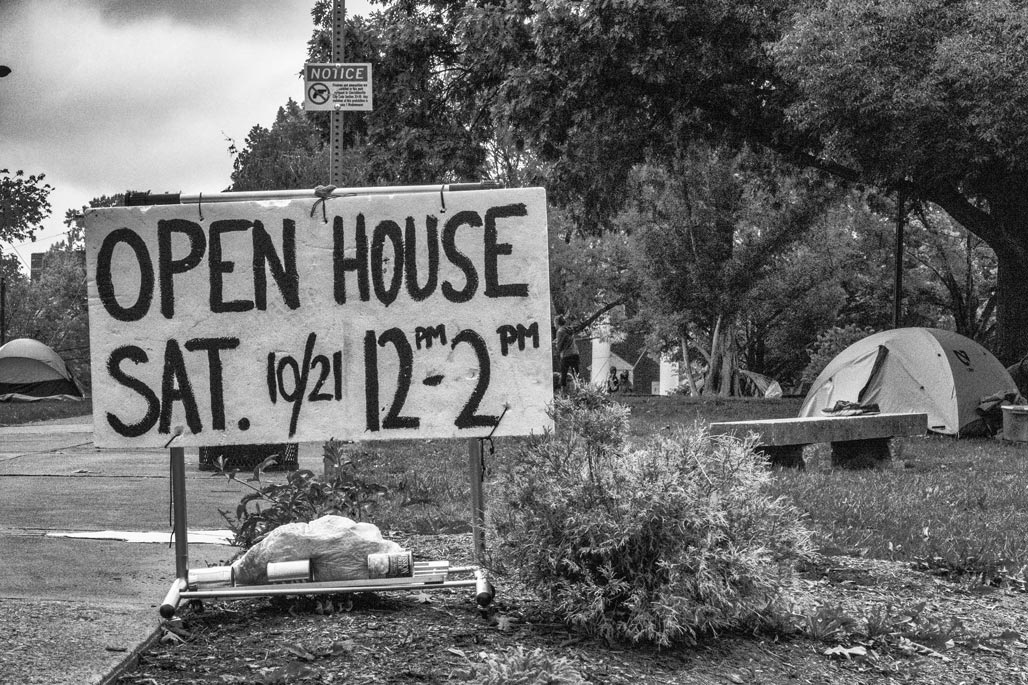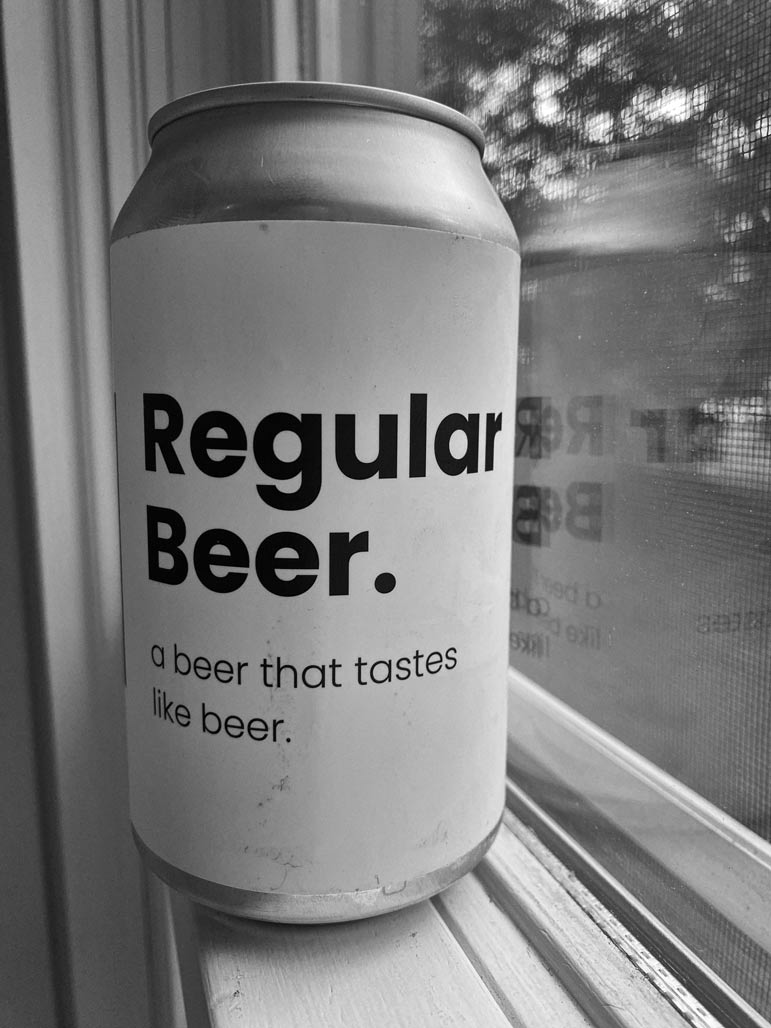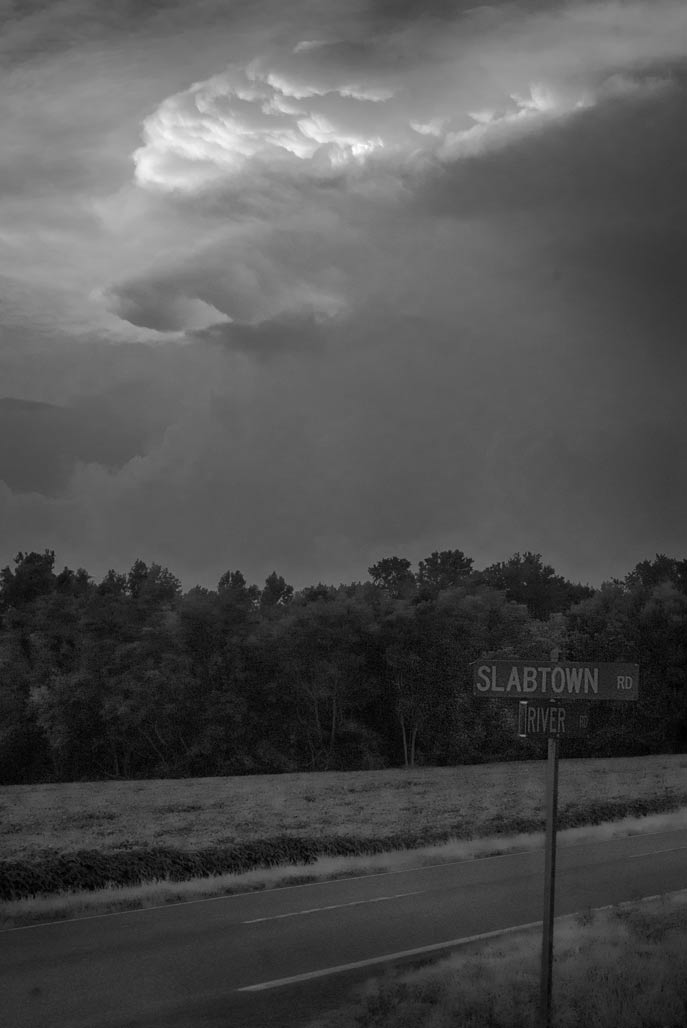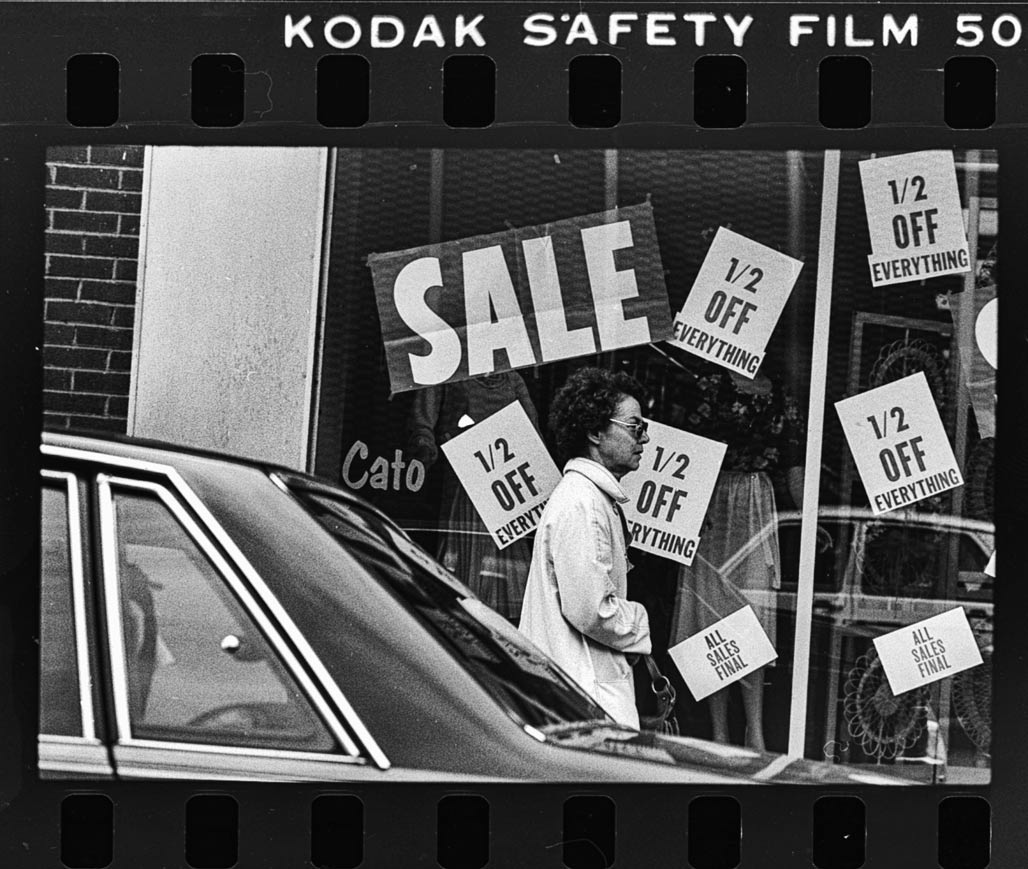
1/2 off Everything!

photography from the Chesapeake Bay watershed by Bill Emory

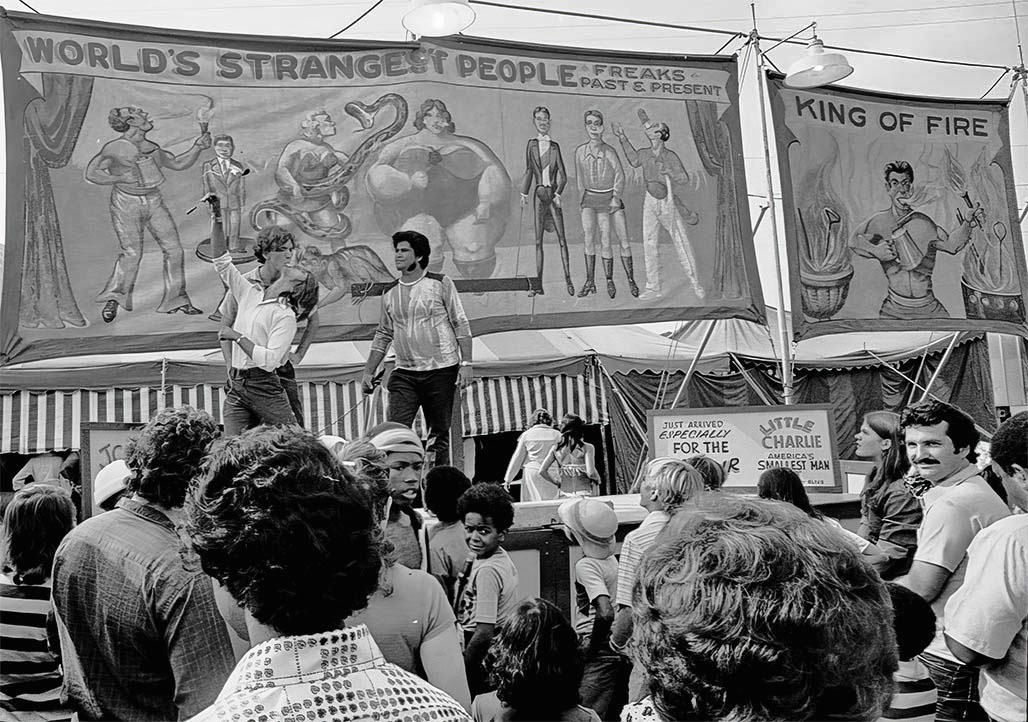

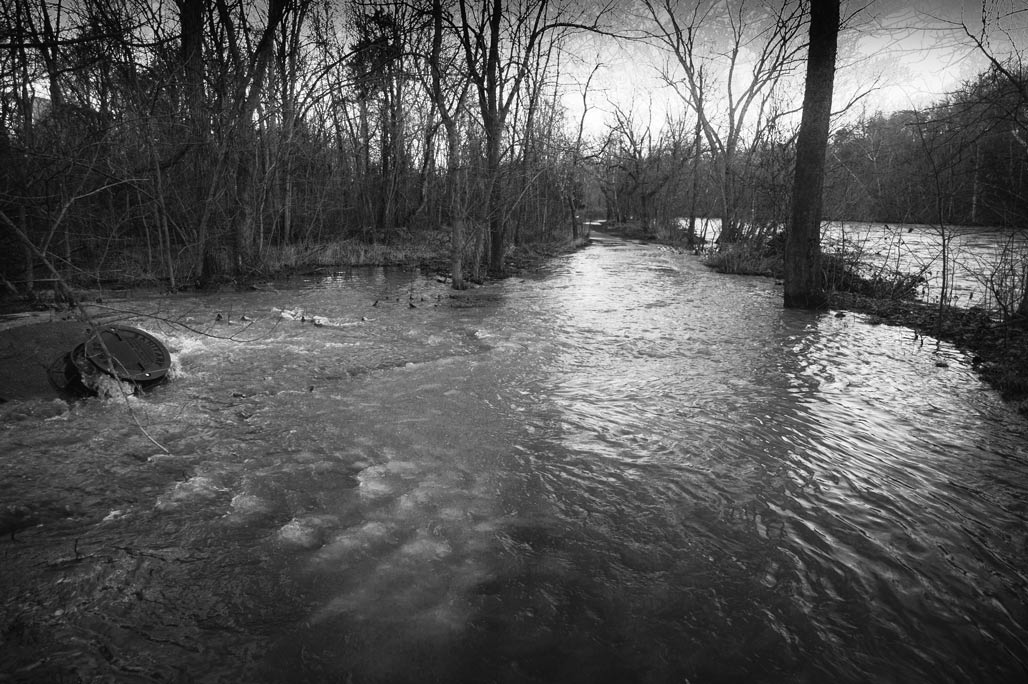
If you are in a wheelchair, beach tires are advisable. 100 feet of the path has a 4″ layer of sand deposited on top of the asphalt walkway. The sand makes narrow wheel passage a challenge.
NOTE! February 12 Parks and Recreation staff were out early Monday morning (2/12/2024) and did a commendable job of clearing sand from the trail in Riverview Park. It is now easy to pass with skinny tires (wheelchairs, strollers, road bikes)
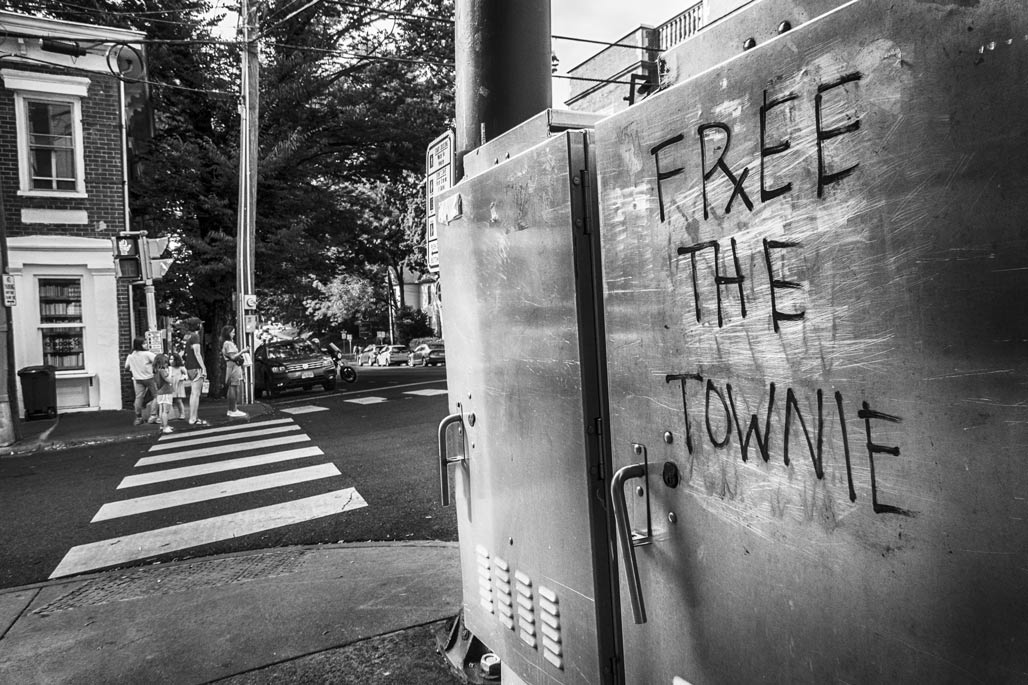
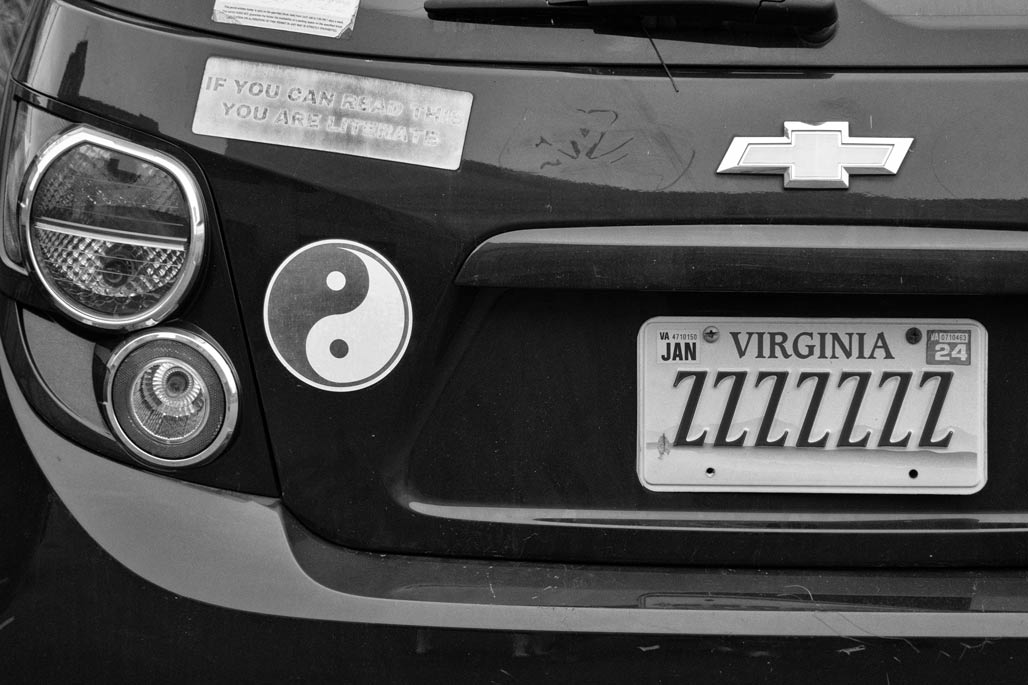
“In addition to displaying special plates, motorists can add a personalized character combination to their plates using up to seven characters.”
What does the driver wish to communicate with ZZZZZZZ?
What does the drive wish us to take away from the Taijitu?
